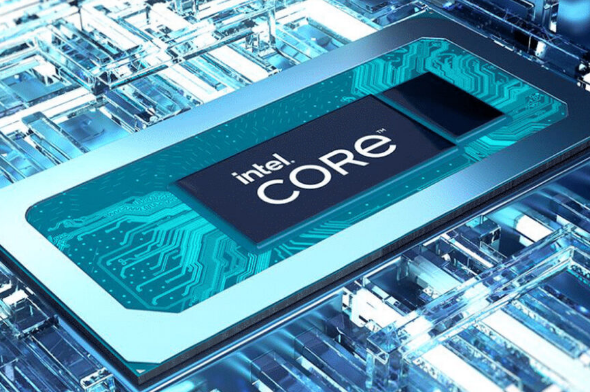Connection to DriversCloud Create a DriversCloud.com account Reset your DriversCloud.com password Account migration
In order to get the better of AMD, has Intel embarked on a "self-destructive" strategy?
" Dallas, your unforgiving universe "
After years of more or less apparent technical problems and delays in the production of its first 10nm etched processors, Intel managed to turn things around with the release of the Alder Lake generation on November 4, 2021. A year later, the 13th generation of Intel processors, the Raptor Lake, pushed the envelope and allowed Intel to return to its duel with AMD, another American company. Rather discreet in the early 2010s, the latter had scored points with the arrival of its Ryzen processors in Zen architecture. Since then, year after year, version after version, AMD has been cutting Intel's head off, and Intel didn't seem to be able to react until these famous Alder Lake / Raptor Lake.
However, in a long analysis published by Tom's Hardware, the analyst firm Bernstein Research doesn't seem to give all the credit for Intel's comeback to the only talent of its engineers and to the only technical success represented by the Alder Lake / Raptor Lake. Indeed, Stacy Rasgon, analyst at Bernstein Research, says: " In recent months, we have become increasingly wary of the potential dynamics of the PC world. This is because of the market outlook and the fact that it is exacerbated by Intel's semi-destructive behavior of late, which uses both price and capacity as a strategic weapon."
" A strategic weapon," the word is out. Indeed, beyond the technical performance of Intel's teams, there is most certainly a vast strategic operation in the deployment of 12th and 13th generation processors at Intel. For Bernstein Research, the American firm is taking advantage of its production capacities and its presence on the market to put pressure on AMD. The latter is not in a position to cut its margins too much, given the much smaller volumes of processors it sells. On the contrary, Intel can afford to reduce the price of its Raptor Lakes - placed very aggressively on the market - in order to cut the ground from under its competitor's feet.
Thanks to the aggressiveness of its technique and since the release of Alder Lake, Intel has managed to increase its market share in the desktop PC segment. Its client computing division accounted for 53% of its revenues in the third quarter of 2023.
However, Stacy Rasgon is sounding the alarm and emphasizing the danger inherent in such a commercial approach in a market that is both highly competitive and, above all, in sharp decline from one year to the next. Indeed, after the good years linked to the re-equipment in the middle of the COVID-19 pandemic, PC sales have logically dropped considerably. For some observers, this is a fundamental trend which, as of next year, could see the market fall to less than 200 million units sold per year. Obviously, fewer PCs sold means fewer processors sold and less revenue for Intel.
To make matters worse, by cutting into its margins to bring down its competitor, Intel is limiting its means of action. It obviously has less room to maneuver, but above all it can no longer invest as much in research and development to design new processors or improve its production facilities. It is also important to know that despite its particularly aggressive policy, Intel has mainly regained market share in the entry and mid-range segments, where margins are the lowest. AMD still has a strong presence in the high-end and ultra-high-end segments.
Of course, Intel does not completely share this analysis and the American group is counting on PC sales stabilizing at 300 million units per year. Having staked its entire strategy on a large number of PCs sold, Intel had better not be wrong in its forecasts. If it were to make a mistake, it would risk not being able to cope and the aggressiveness of its strategy would turn against it, justifying the use of the term " self-destructive " used by Stacy Rasgon to qualify the movement of Pat Gelsinger's company. To be continued..





